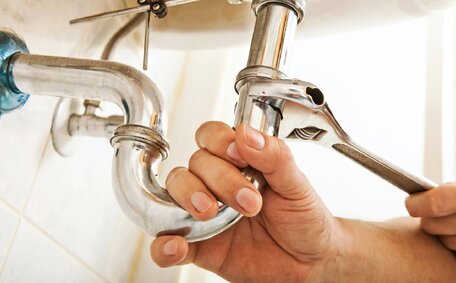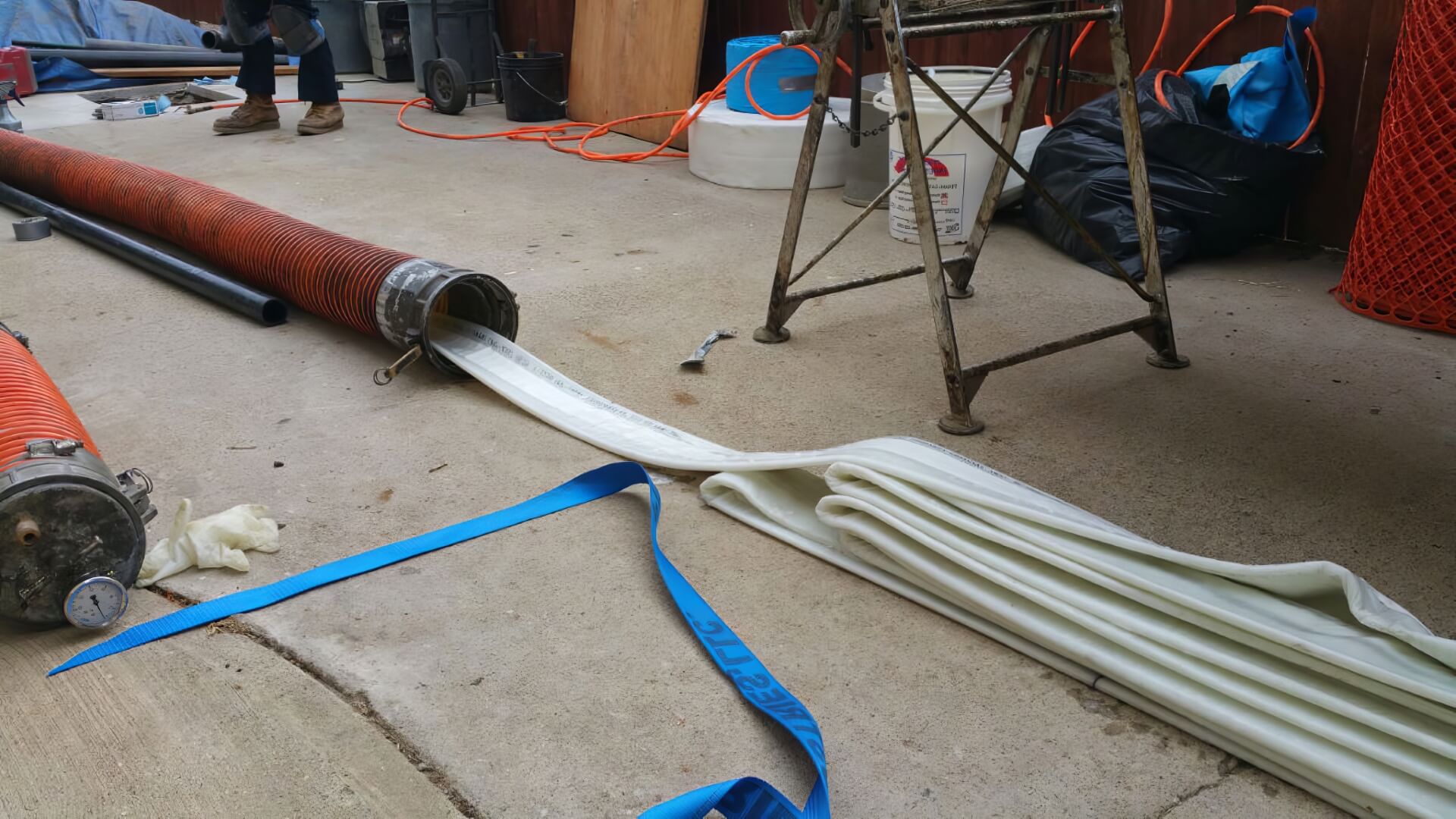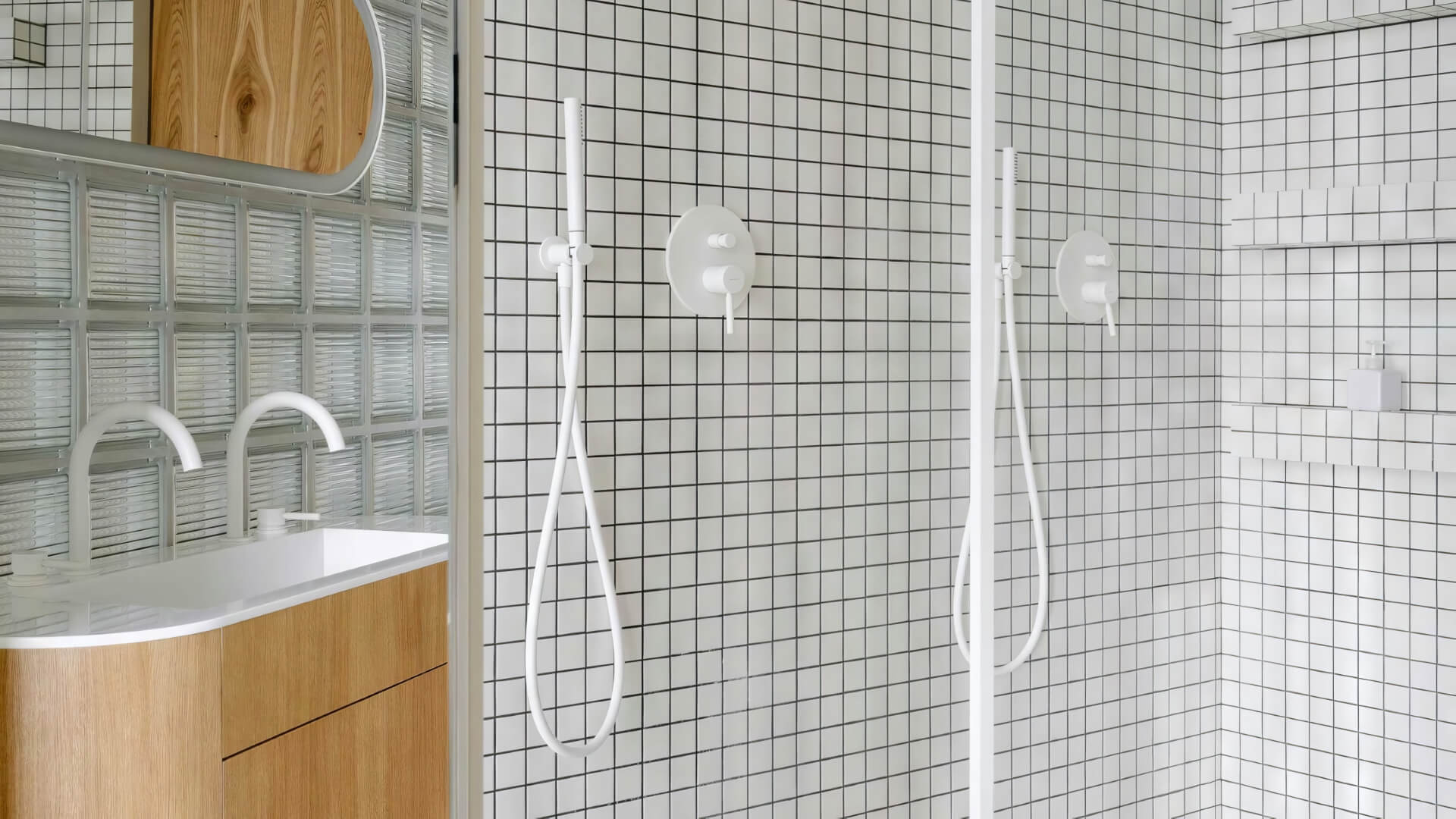Average Lifespan of Gas Pipelines
The average lifespan of a gas pipeline is approximately 50 years when installed correctly and well maintained. Gas pipelines are typically designed and constructed to safely transport natural gas for around half a century before requiring replacement.
Proper techniques during the initial installation like weld testing and ensuring adequate depth and protective coating are key factors that enable gas pipelines to reach this expected lifespan. Using high-quality materials, preventing corrosion, monitoring for leaks, and performing routine maintenance also play a major role.
Beyond 50 years, pipelines may no longer remain as reliable and do carry an increasing risk of leaks, ruptures and other failures. Routine inspection programmes help pipeline owners determine when to invest in repairs, upgrades or full replacement to continue safe operations.
Factors Influencing Gas Pipeline Durability
There are several key factors that impact the durability and lifespan of gas pipelines:
- Pipe Material Quality: Pipelines constructed with low-quality materials or with manufacturing defects years ago can deteriorate faster. Industry standards require durable materials like plastic and protected steel.
- Corrosion Protection: Coatings to prevent internal and external corrosion are vital. Quality protective wraps, linings and cathodic protection all help minimise corrosion.
- Soil Conditions: Acidic, wet, or shifting soils can erode pipelines prematurely. Proper burial depth and padding materials create stable conditions.
- Weather and Climate: Extreme heat, cold, floods and other severe weather events stress pipeline materials. Climate change impacts are also shortening expected lifespans.
- Nearby Vegetation: Fast-growing tree roots can damage protective coatings, allowing corrosion. Pipeline right-of-way maintenance checks for intruding plants.
- Gas Flow Rate and Pressure: Higher gas velocities and pressures cause faster material fatigue. Careful flow rate regulation preserves system integrity.
- Construction and Installation: Improper pipeline welding, fitting, coating and burial during construction reduces pipeline durability.
- Damage Prevention: Third-party excavation accidents are a leading cause of pipeline failures. Comprehensive damage prevention programmes are essential.
Warning Signs of Aging Pipelines
There are several clear warning signs that can indicate a gas pipeline is ageing and potentially failing:
- Unusual Noises: Hissing, whistling or roaring coming from the pipeline points to cracks and leaks allowing gas escape. Metallic rattling signals internal corrosion eating away at steel walls.
- Unusual Smells: The distinctive rotten-egg odour associated with natural gas, if noticed outside near pipelines, suggests gas leaks. Rust also has a strong odour when pipes corrode.
- Visible Rust Spots: Seeing external rust along the pipeline route or on other gas equipment demonstrates advanced corrosion breakdown taking place.
- Vegetation Changes: Dead patches or lush overgrown sections along the pipeline can mean underground gas leaks are damaging plants.
- Dirt Blowing: Underground pipeline leaks jetting gas can create pressure blowing dirt, creating craters or pits along the route.
- Bubbling Water: Gas escaping underground into pooled water or streams shows as unusual bubbling along the pipeline.
- Spike in Gas Bills: Homeowners with gas pipelines running through their land notice higher gas bills over time as leaks directly tap supply.
- Difficulty Lighting Appliances: If appliances like stoves and water heaters experience ignition problems, gas pressure issues from leaks may be the culprit.
Paying attention to these warning signs allows ageing pipeline risks to be addressed before catastrophic incidents like explosions occur. Both operators and homeowners have a role in reporting issues early and preventing disasters.
Inspection Timelines and Procedures
To ensure ongoing gas pipeline integrity and safety, routine inspections following recommended timelines are vital.
New Pipeline Installation Inspections
Brand new gas pipeline installations should undergo stringent inspections immediately after construction completes, before going operational:
- Pressure Testing: The line is filled with water or air and pressurised according to specifications to check for weak points and leaks.
- X-ray Testing: Critical welded joints are X-rayed to validate proper fusion and confirm no defects are present.
- Coating Inspections: The external protective anti-corrosion coating is checked along the entire length for uniform thickness and absence of gaps or damage.
Annual Pipeline Inspections
Every gas pipeline would benefit from being inspected at least once yearly for developing issues. Annual inspections involve:
- Walking the Pipeline: Technicians traverse the full route looking for warning signs like leaks, corrosion, encroaching construction.
- Leak Checks: Sensitive equipment detects even minute gas leaks accurately for repairs.
- Cathodic Protection Testing: Readings confirm anti-corrosion electrical safeguards are operating optimally.
- Depth Checks: Excavations verify adequate burial depth meets safety codes.
Full Integrity Inspections
On longer cycles of 5-10 years, full integrity inspections utilise advanced diagnostics:
- Smart Pigs: Sophisticated sensor robots are run through the pipeline to precisely pinpoint flaws.
- Hydro Testing: Sections are again pressurised with water, but now up to 125% of maximum allowable operating pressure levels.
- Direct Assessment: Inline inspection tools check pipe wall thickness and reveal defects.
Evaluating data gathered, maintenance and repairs are prioritised where defects might compromise safe operations. Integrity inspections assure pipelines remain durable for their full expected lifespan.
Costs and Timelines for Replacement
When gas pipelines near or exceed their expected 50-year lifespan, replacement becomes necessary to maintain safety and reliability. This is a major undertaking involving lengthy timelines and significant costs.
For a typical residential suburb, replacing the gas mains and services for 50 homes may take around 5 months and cost approximately $250,000. After initial planning and permitting, crews must excavate trenches along all routes, install new coated and cathodically protected steel pipe, reconnect services, conduct pressure tests, restore surfaces, and more.
Residents experience gas supply disruptions during changeovers to the new system. Traffic and access impacts also occur.
Larger high-pressure transmission pipeline projects take years and cost upwards of $5 million per mile. Technically complex activities like facility tie-ins and stringent testing protocols extend timeframes. Environmental impacts, community sensitivities and weather delays can also drag out replacement work.
Permitting and easement negotiations preceed 12-18 month construction phases.
While expensive and time-consuming, gas pipeline replacement is often the only way to guarantee the ongoing safe and effective transportation of natural gas as infrastructure ages beyond intended lifespans. Proactive planning by utilities ensures costs are kept reasonable and disruptions are minimised for consumers.






